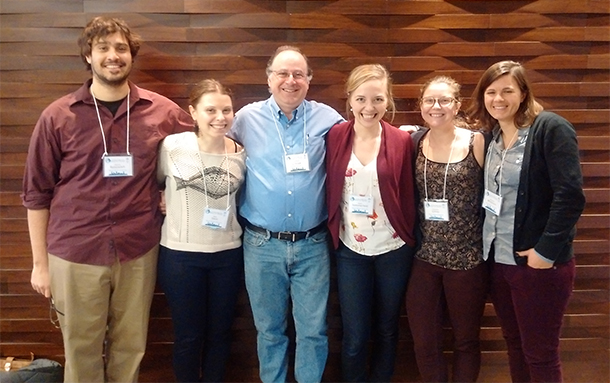- September 27, 2018
- Applied Research
- Comments : 0
Mt. A’s Dr. Matt Litvak’s Research on Living Fossils
Could you tell a female sturgeon from a male sturgeon?
If you answered “no,” you’re not alone. Identifying the gender of this fish is remarkably difficult, even for experts. That makes assessing the health of the species a challenge as researchers don’t know the ratio of males to females, something that obviously influences population numbers. It also poses a considerable problem for people attempting build sturgeon aquaculture operations.
Most researchers need a biopsy from the sturgeon to confirm a its gender. That’s a time consuming and intrusive process. But Dr. Matt Litvak, a biology professor and researcher at Mount Allison University in Sackville, New Brunswick, is developing a better solution to identify the sex of sturgeon.
His team has developed an innovative scanning methodology for identifying the gender of this fish by detecting differences in morphology between the sexes. It’s part of his broader research efforts on sturgeon.
There are 27 species of sturgeon in the world, with the shortnose sturgeon found in New Brunswick in the Saint John River and its tributaries. There is a “special concern” conservation rating for the fish, meaning there are fears it could become extinct.
A clear hint of admiration creeps into Dr. Litvak’s voice as he discusses sturgeon. “They’re a magnificent design,” he says, noting they date back over 200 million years. People often refer to sturgeon as “living fossils,” as they have only evolved slightly as other species have risen and then disappeared from the surface of the earth.
To put that into context, sturgeon lived during the Cretaceous period, alongside the Tyrannosaurus rex, Velociraptor and Triceratops dinosaurs. Today, they live only in our imagination, thanks to the Jurassic Park movies, while sturgeon continue to swim in our rivers.
“These guys have not been displaced,” says Dr. Litvak.
The research done by Dr. Litvak’s lab has a number of practical applications, including supporting recreational angling, aquaculture projects for sturgeon and the caviar that comes from their roe, and perhaps most importantly, protecting the habitat to ensure these fish remain with us for years to come.
It’s the kind of research, blending academic inquiry with real-world applications, that the New Brunswick Innovation Foundation finds most beneficial to supporting innovation in the province.
“The NBIF has been quite helpful to the research projects I’ve run over the years,” says Dr. Litvak, noting that funding from NBIF helped secure additional funding from the Canada Foundation for Innovation (CFI) to build and operate his mobile lab.
“Our mobile lab is a 20-foot trailer filled with our gear. It allows us to do the imaging tests on sturgeon as well as blood sampling.”
Dr. Litvak’s research is important to preserving the integrity of the species, allowing the sturgeon stocks to be maintained while also supporting the development of a sustainable sturgeon aquaculture industry.


